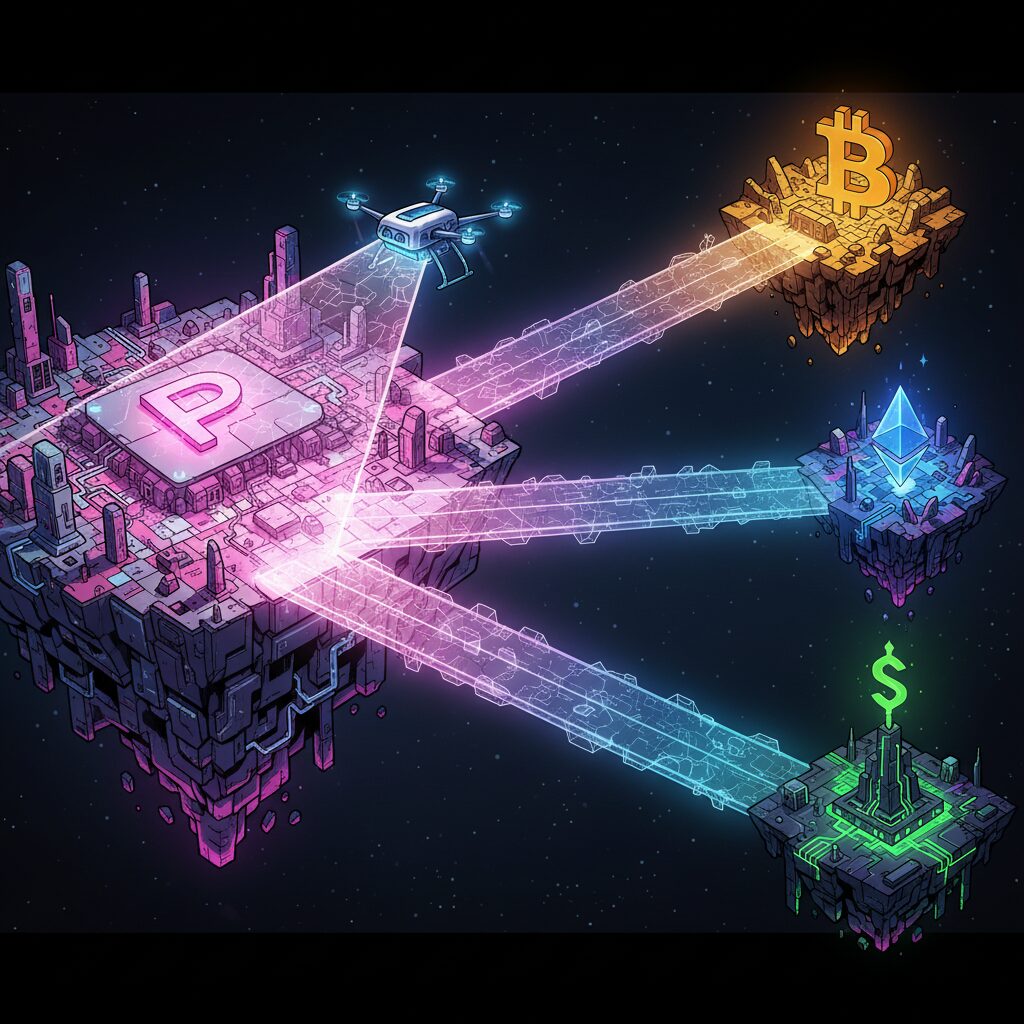Sig.Network Connects Polkadot to Bitcoin, Ethereum, and Solana

A new protocol aims to extend Polkadot’s native interoperability to external blockchains
At the sub0 Symbiosis conference, a major event for the Polkadot ecosystem, Sig.Network introduced a new integration designed to bridge Polkadot with blockchains like Ethereum, Solana, and Bitcoin. The project aims to give Polkadot developers seamless access to these external networks, moving beyond the limitations of traditional cross-chain bridges.
Polkadot’s architecture has long been praised for its composability, allowing parachains within its ecosystem to interact smoothly. For instance, liquidity from the Hydration protocol can flow into Moonbeam’s Decentralized Finance (DeFi) applications, or assets from Asset Hub can be used in Parallel’s lending services. Until now, this level of deep interaction was confined to the Polkadot network.
Beyond Bridges: A New Model for Interaction
While existing bridges can transfer tokens between chains, they often require wrapped assets or intermediaries, preventing true multi-chain functionality. Sig.Network proposes a different model. By using a distributed signing layer and a message translation system, it allows Polkadot accounts and smart contracts to interact directly with applications on external chains.
This process preserves the user’s original identity and eliminates the need for wrapped tokens. A Polkadot user could deposit funds, trade, or lend on an Ethereum or Solana decentralized application (DApp) as if it were a native part of the Polkadot ecosystem.
“Our goal is to make every blockchain feel like it’s part of one unified network,” explained David Millar-Durrant, CEO of Sig.Network. “By bringing Ethereum, Solana, and Bitcoin into Polkadot’s composable environment, we’re enabling builders to think in flows, not bridges, to create applications that span chains without compromise.”
How It Works
Sig.Network effectively maps every Polkadot account to a corresponding native account on each supported external chain. When a Polkadot application sends a Cross-Consensus Message Format (XCM) v3 message, the network translates it into a native transaction for the destination. This could be a swap on Uniswap or a transfer on Solana, all while maintaining the original account’s identity and ensuring the message is verifiable.
The system also enables two-way communication, allowing contracts on external chains to hold Polkadot assets and call back into Polkadot DApps. This distinguishes it from many cross-chain solutions that primarily focus on one-way asset movement.
First Integration and Roadmap
The first platform to integrate this technology is Hydration. Soon, its users will be able to deposit native BTC, ETH, and SOL directly, provide liquidity without wrapped tokens, and even access external liquidity sources like Raydium or Aave from the Hydration interface. It also means external apps on other chains can natively use Hydration’s DeFi functions.
The initial launch supports Ethereum, Solana, and Bitcoin, with plans to add Hyperliquid next. The system is being deployed through an Ethereum Virtual Machine (EVM) contract on Hub and will be progressively integrated into Polkadot’s core XCM stack to expand its availability across the network.
“Polkadot showed the world what interoperable blockchains can achieve,” Millar-Durrant added. “At Sig.Network, we’re taking it a step further by connecting external chains so seamlessly that developers can build across ecosystems without even thinking about where one chain ends and another begins.”










